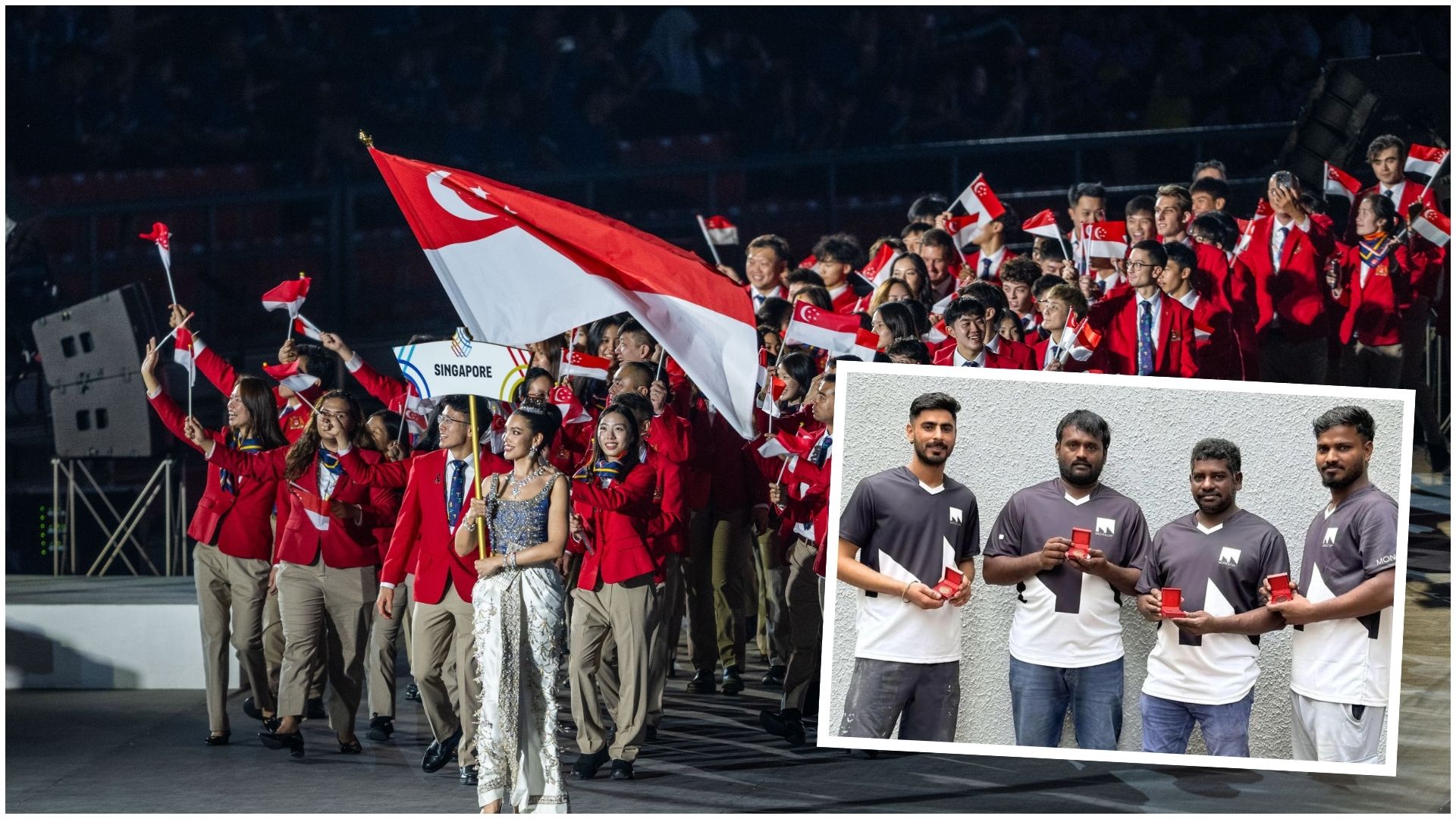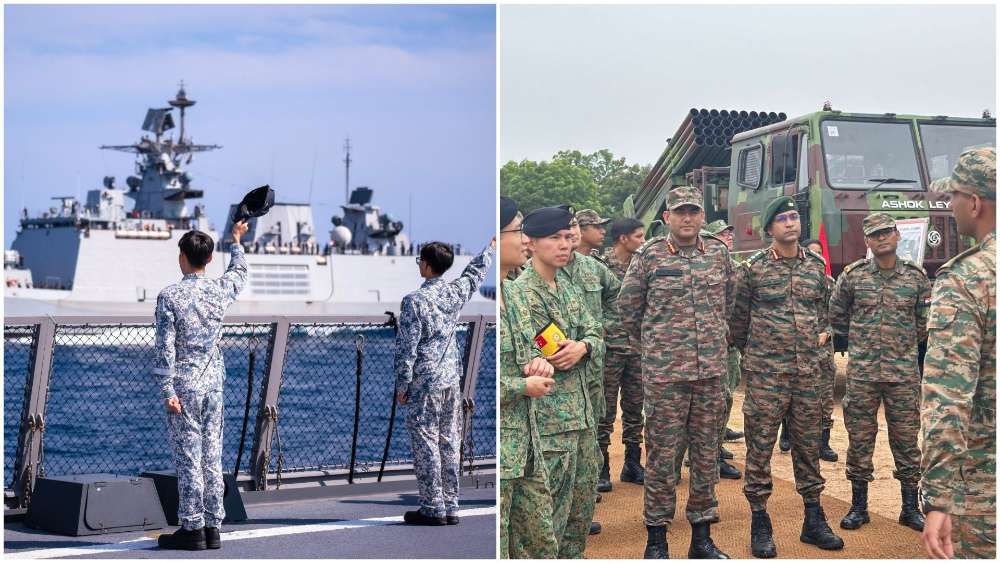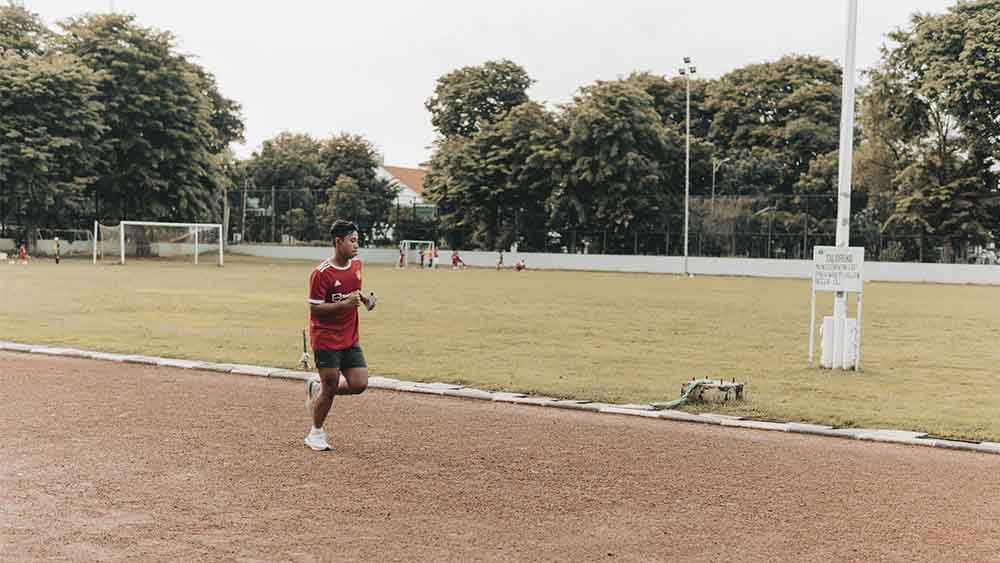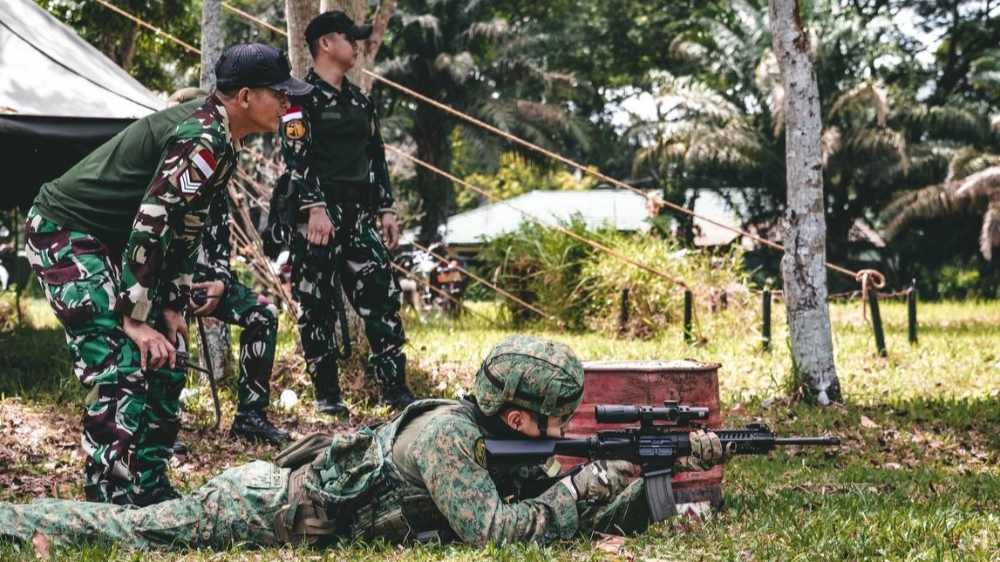From Ocean Waves To Desert Sands – How Singapore Trains With India
This story is part of our series uncovering the Singapore Armed Forces’ overseas exercises, where our defenders train far from home to keep us safe in the Lion City.
Forget the usual tourist postcard shots of India’s forts, palaces, or curry feasts. Over the past few weeks, Singapore’s military ties with India took centre stage instead. And it wasn’t in just one setting, but two: out at sea in the South China Sea, and on land in the dusty desert grounds of Rajasthan.
For the Singapore Armed Forces (SAF), training overseas isn’t just about flexing hardware or clocking mileage on warships. It’s about learning how to fight, plan and problem-solve alongside other armies; the kind of collaboration that, in today’s unpredictable world, makes a difference.
This year, Singapore joined India for not one but two back-to-back bilateral exercises: SIMBEX, a naval exercise that has been running since 1994; and Exercise Bold Kurukshetra, an armour exercise that has seen SAF troops and armoured assets roll through the Indian desert since 2005. Here’s what went down.
Singapore and India’s longest-running naval friendship
Held annually since 1994, the Singapore-India Maritime Bilateral Exercise (SIMBEX) is one of the Republic of Singapore Navy's (RSN) longest-running bilateral maritime exercises, as well as the longest continuous bilateral naval exercise that India has had with any other country.
Over the years, SIMBEX has expanded in complexity to incorporate elements of maritime security and exercise serials in the air, surface and sub-surface domains.
Ships, jets, and a whole lot of teamwork
From 28 July to 1 August 2025, the RSN and the Indian Navy (IN) conducted the 32nd iteration of SIMBEX, which comprised of a shore phase held at RSS Singapura - Changi Naval Base, followed by a sea phase held in the southern reaches of South China Sea. Ships from both navies and aircraft from the Republic of Singapore Air Force (RSAF) took part in the sea phase.
The RSN deployed a Formidable-class frigate RSS Supreme and a Victory-class missile corvette RSS Vigilance, supported by MV Mentor (a Navy ship acting as a merchant vessel), while the IN participated with a Shivalik-class frigate INS Satpura.
An S70B naval helicopter, two Fokker-50 maritime patrol aircraft and two F-15SG fighter aircraft from the RSAF also participated in the exercise.
It wasn’t all about hardware, though. During the shore phase, both navies participated in joint planning, simulator training, professional exchanges and sports. Both navies also shared best practices related to Maritime Air Operations and Compliant Boarding Procedures at the Subject Matter Expert Exchanges, proving that exercises aren’t just battles on blue water, but also conversations in classrooms.
The sea phase saw the participating forces conducting complex warfare serials, including gunnery firing, air defence exercises and maritime security drills, concluding with a sail-past of participating ships – a naval wave of respect signalling strong ties between the two navies.
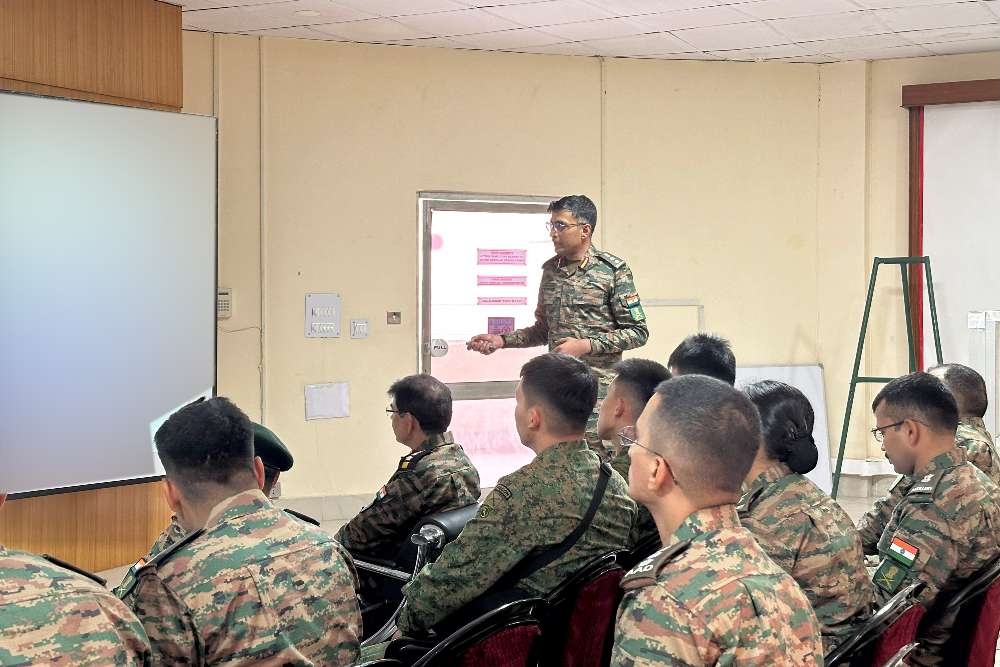 Soldiers from the Singapore Army and Indian Army participating in the Command Post Exercise during Exercise Bold Kurukshetra. | IMAGE: MINDEF
Soldiers from the Singapore Army and Indian Army participating in the Command Post Exercise during Exercise Bold Kurukshetra. | IMAGE: MINDEF
From sea to sand: Training on Indian soil
The RSN wasn’t alone in training with India during this period. From 28 July to 3 August 2025, the Singapore Army and the Indian Army ran the 14th edition of Exercise Bold Kurukshetra (XBK), a bilateral armour exercise that has been conducted under the Bilateral Agreement for Joint Army Training and Exercises between the Singapore Army and the Indian Army since 2005.
Hosted by the Indian Army, XBK 2025 took place at Jodhpur Cantonment, India and involved soldiers from the 42nd Battalion, Singapore Armoured Regiment, and the 340th (Independent) Mechanised Brigade and 1st Mechanised Infantry (I MADRAS) from the Indian Army.
“Our troops were able to engage in rigorous map planning, shared tactics, techniques, and procedures, and most importantly, learned from one another in a meaningful and constructive way,” said the SAF’s Deputy Chief Armour Officer, Colonel Andy Quek. “Our soldiers greatly appreciated the sharing from their counterparts in the Indian Army.”
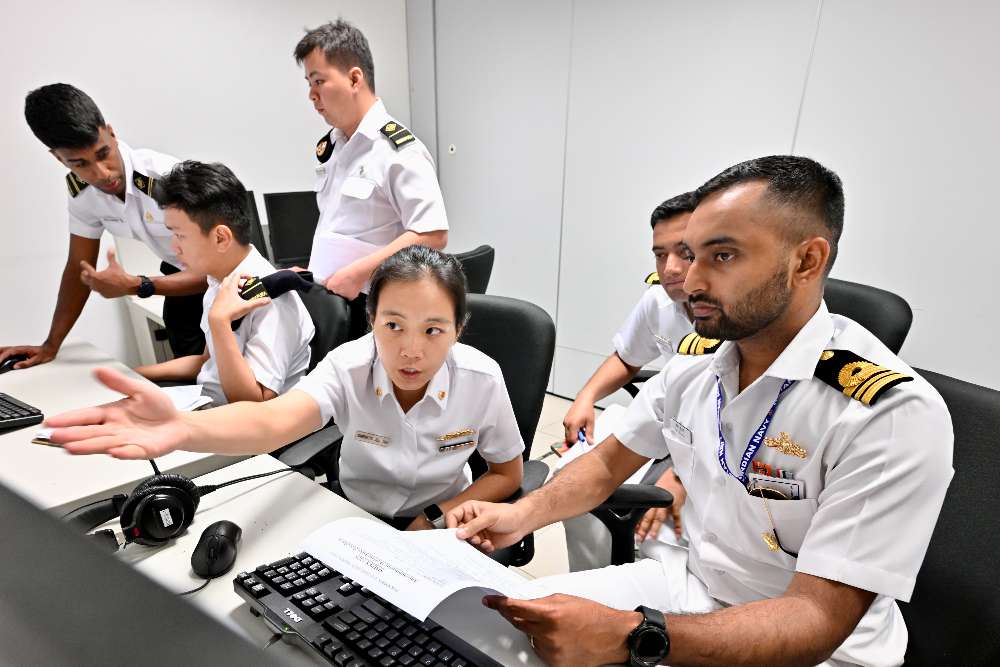 During the shore phase of SIMBEX 2025, personnel from RSN and IN conducted simulated naval warfare training at the Naval Tactical Trainer, in preparation of the sea phase serials. | IMAGE: MINDEF
During the shore phase of SIMBEX 2025, personnel from RSN and IN conducted simulated naval warfare training at the Naval Tactical Trainer, in preparation of the sea phase serials. | IMAGE: MINDEF
Why all this matters
SIMBEX and Bold Kurukshetra might sound like just more entries in the SAF’s training calendar, but to those involved, they’re something bigger. They’re about building trust with partners, learning new ways of thinking, and preparing for the unexpected, all while forging friendships in the process.
And for Singapore, a small nation that relies on strong partnerships, training with a country as vast and diverse as India is a reminder: Defence isn’t just about weapons. It’s about people, cooperation, and shared experience, whether that’s in the middle of the ocean or under the desert sun.
For the latest updates on Wonderwall.sg, be sure to follow us on TikTok, Telegram, Instagram, and Facebook. If you have a story idea for us, email us at [email protected].



